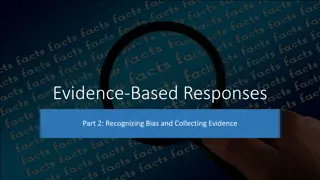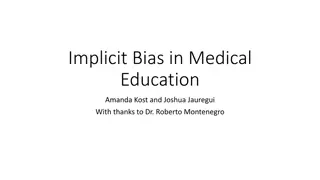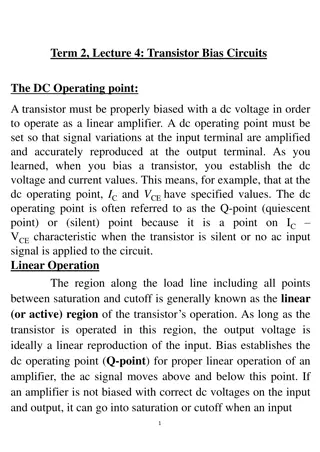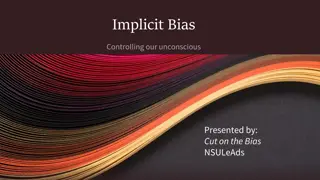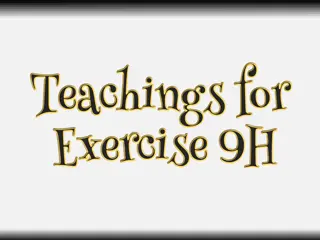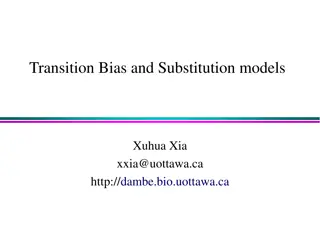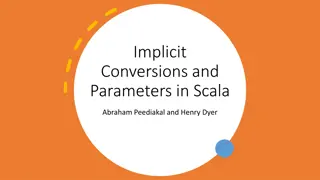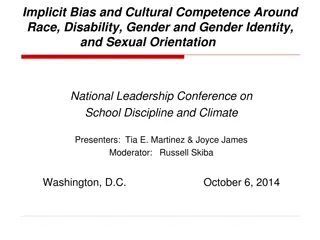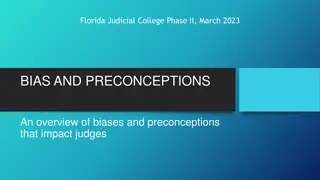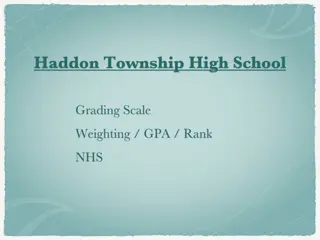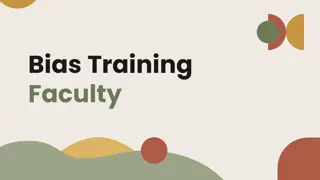Addressing Implicit Bias in Medical School Admissions
Increased diversity in the healthcare workforce benefits health outcomes, but implicit bias can impact candidate selection in medical school admissions. This advocacy project aims to address implicit bias by developing training sessions for new members of the admissions committee at UNM SOM, focusing on core values, understanding biases, and communication skills to navigate difficult conversations. The project includes pre-session activities, in-person training sessions, and ongoing efforts to mitigate bias in admissions decisions.
Download Presentation

Please find below an Image/Link to download the presentation.
The content on the website is provided AS IS for your information and personal use only. It may not be sold, licensed, or shared on other websites without obtaining consent from the author.If you encounter any issues during the download, it is possible that the publisher has removed the file from their server.
You are allowed to download the files provided on this website for personal or commercial use, subject to the condition that they are used lawfully. All files are the property of their respective owners.
The content on the website is provided AS IS for your information and personal use only. It may not be sold, licensed, or shared on other websites without obtaining consent from the author.
E N D
Presentation Transcript
ADVOCACY PROJECT S U P P O R T I N G D I V E R S I T Y I N H E A LT H C A R E : A D D R E S S I N G I M P L I C I T B I A S I N M E D I C A L S C H O O L A D M I S S I O N S A L I S O N M C G O U G H - M A D U E N A , M D M P H P G Y- 2 U N M D E P T O F O B / G Y N G R A N D R O U N D S A U G U S T 1 , 2 0 1 9
BACKGROUND Increased diversity in the healthcare workforce has been shown to have a positive impact on health outcomes and health disparities in minority and underserved communities.1 Candidate selection in academic medicine is not exempt from the impact of implicit bias. Letters of recommendation have been repeatedly shown to have gendered language that create bias.2 A study looking at MSPE letters submitted as a part of residency applications found that 3: Caucasian applicants where more likely to be described using ability keywords (ie exceptional, best, outstanding) Black applicants were more likely to be described as competent Female applicants more frequently described as caring compassionate empathic or organized A study looking at implicit bias in medical school admissions found that4: All committee member subgroups (men/women/students/faculty) displayed implicit white preference on IAT Men and faculty had largest measures of implicit white preference on IAT Dramatically increased diversity in matriculating class the year following this study A recent review looking into interventions to address implicit bias in healthcare provision and workforce pipeline issues found that there is not currently evidence to support a specific or reliable approach to reducing implicit bias . 5
INITIAL PROJECT OBJECTIVES Develop a training session that allows new members of the UNM SOM admissions committee the opportunity to: -Reflect on their core values and personal mission for participation in admissions -Begin to develop an understanding of how implicit bias impacts the admissions process -Develop communication skills that can be used to address difficult conversations in admissions
PROJECT DESCRIPTION Each year, new members (Faculty/Community Physicians/Medical Students) joining the UNM SOM Admissions Committee complete a two session orientation As a part of this orientation they will complete a 45 minute training session on implicit bias Prior to the in person training session members will be required to complete pre-session activities (IAT and and online implicit bias training session) The in person training is outlined as follows: Introduction to facilitators, training agenda Values/Mission Statement storytelling/sharing Differences activity (In group/Out group) Short Literature Review Presentation LOR and Application Review Bias case studies Tools for handling difficult dialogues to address bias At a later point in the application cycle another session will be completed with the entire admissions committee membership to continue addressing and working around implicit bias in admissions Project Deliverables: In person session facilitator guide Session materials
PROJECT BARRIERS Leadership Buy In Limited Time Large group meetings New Member Orientation Topic fatigue Outcome Allotted time to complete one session during admissions cycle on Implicit bias
REVISED PROJECT OBJECTIVES/OUTLINE Develop a training session that allows new members of the UNM SOM admissions committee the opportunity to: -Reflect on their core values and personal mission for participation in admissions -Begin to develop an understanding of how implicit bias impacts the admissions process -Introduce strategy for addressing difficult conversations Outline for Training Pre Session Activity Complete online module on Implicit bias IAT test In person Training Introduction of facilitators Pre-session Activity Open Reflection (Optional) .Core Values and Addressing Bias Review SOM mission, provide time for written reflection of core values/mission for committee participation Open Reflection/Sharing (Optional) Bias in Application Materials Short Introduction of Literature LOR case study activity .Bias in Review Process Open reflection/sharing of how implicit bias might impact individual member approach to application review Models for addressing and creating a safe discussion space CUS (Concerned, Uncomfortable,Safety Issue) CUE (Concerned, Uncomfortable, Equity Issue) words Restorative Justice framework for conflict resolution Closing remarks Encourage member to reflect and redraft their personal mission statement
NEXT STEPS September 9, 2019 Training with UNM SOM Admissions Committee November 2019 Training with UNM SOM BA/MD Admission Committee Future steps Present training objectives/outline to UNM Implicit Bias committee Possibly adapt for use with other Institution Selection/Admission Committees Evaluate training/advocate for sustainability
MENTOR ACKNOWLEDGEMENT Special thanks to the faculty that have been available to participate in discussion and/or planning for implementation of this training: Valerie Romero-Leggott, MD Brenda Pereda, MD Felisha Rohan-Minjares, MD Jessica Goodkind, PhD
RESOURCES 1. LaVeist T, Pierre G. Integrating the 3Ds Social Determinants, Health Disparities, and Health-Care Workforce Diversity.Public Health Rep. 2014;129(1_suppl2):9-14. doi:10.1177/00333549141291s204 2. Turrentine F, Dreisbach C, St IvanyA, Hanks J, SchroenA. Influence of Gender on Surgical Residency Applicants' Recommendation Letters.J Am Coll Surg. 2019;228(4):356-365.e3. doi:10.1016/j.jamcollsurg.2018.12.020 3. Ross D, Boatright D, Nunez-Smith M, Jordan A, ChekroudA, Moore E. Differences in words used to describe racial and gender groups in Medical Student Performance Evaluations.PLoS ONE. 2017;12(8):e0181659. doi:10.1371/journal.pone.0181659 4. Capers Q, Clinchot D, McDougle L, Greenwald A. Implicit Racial Bias in Medical School Admissions.Academic Medicine. 2017;92(3):365- 369. doi:10.1097/acm.0000000000001388 5. FitzGerald C, Martin A, Berner D, Hurst S. Interventions designed to reduce implicit prejudices and implicit stereotypes in real world contexts: a systematic review.BMC Psychol. 2019;7(1). doi:10.1186/s40359-019-0299-7 THANK YOU FOR YOUR TIME !

 undefined
undefined